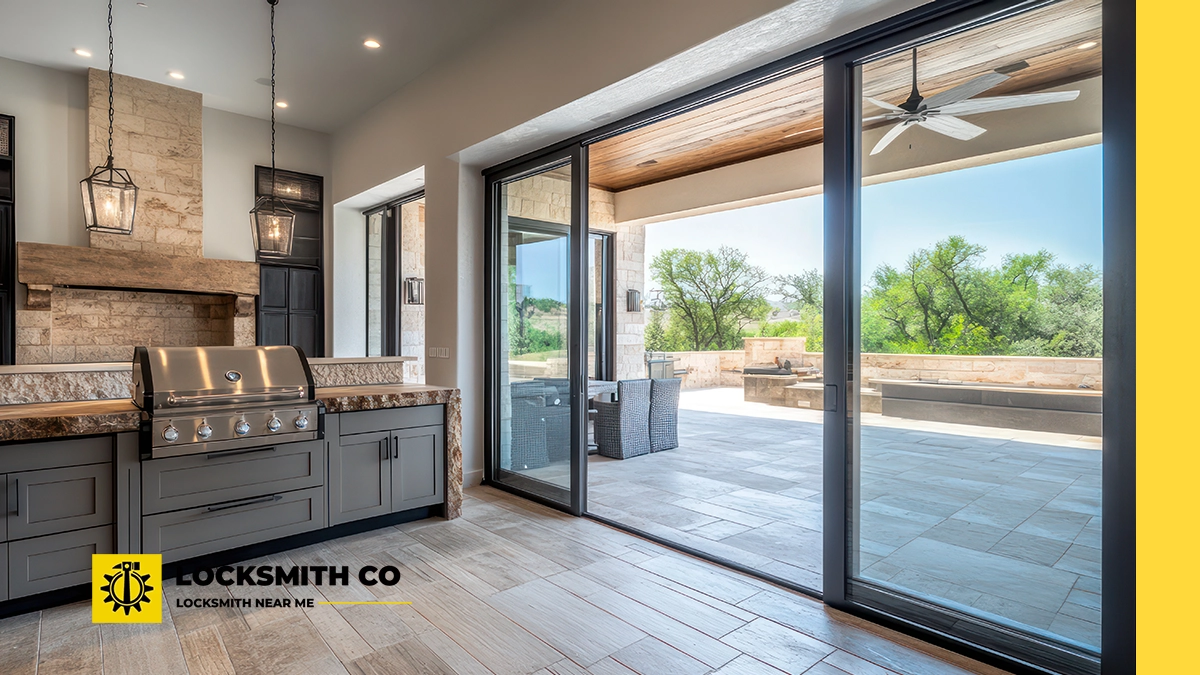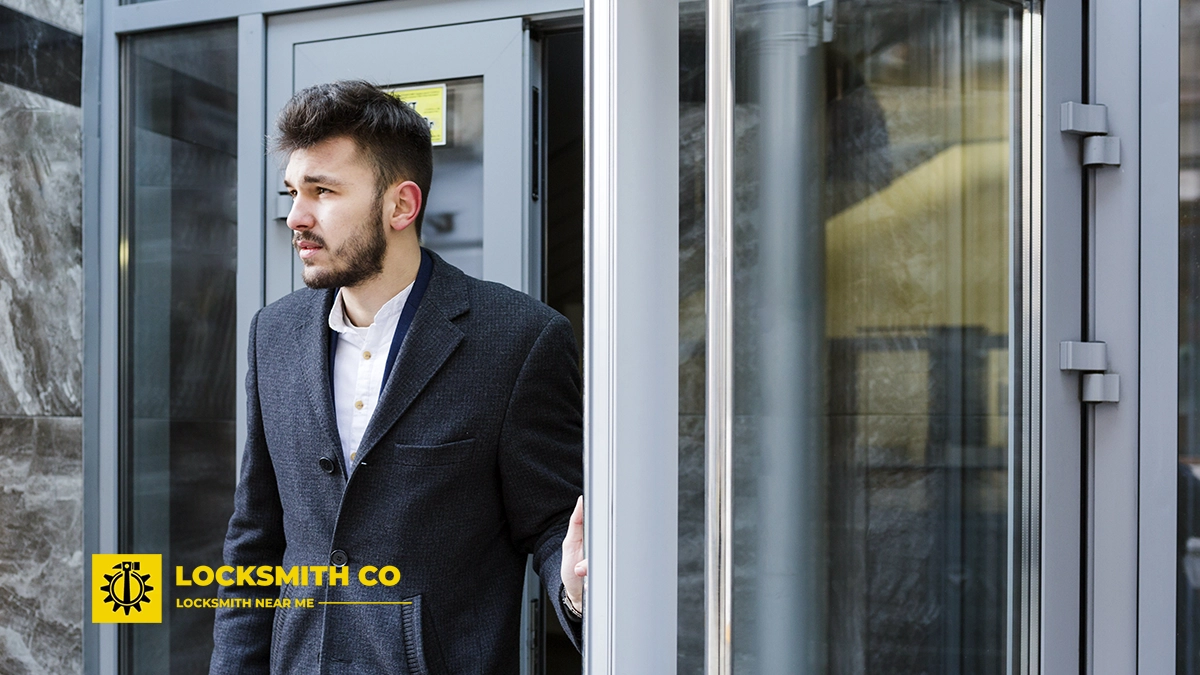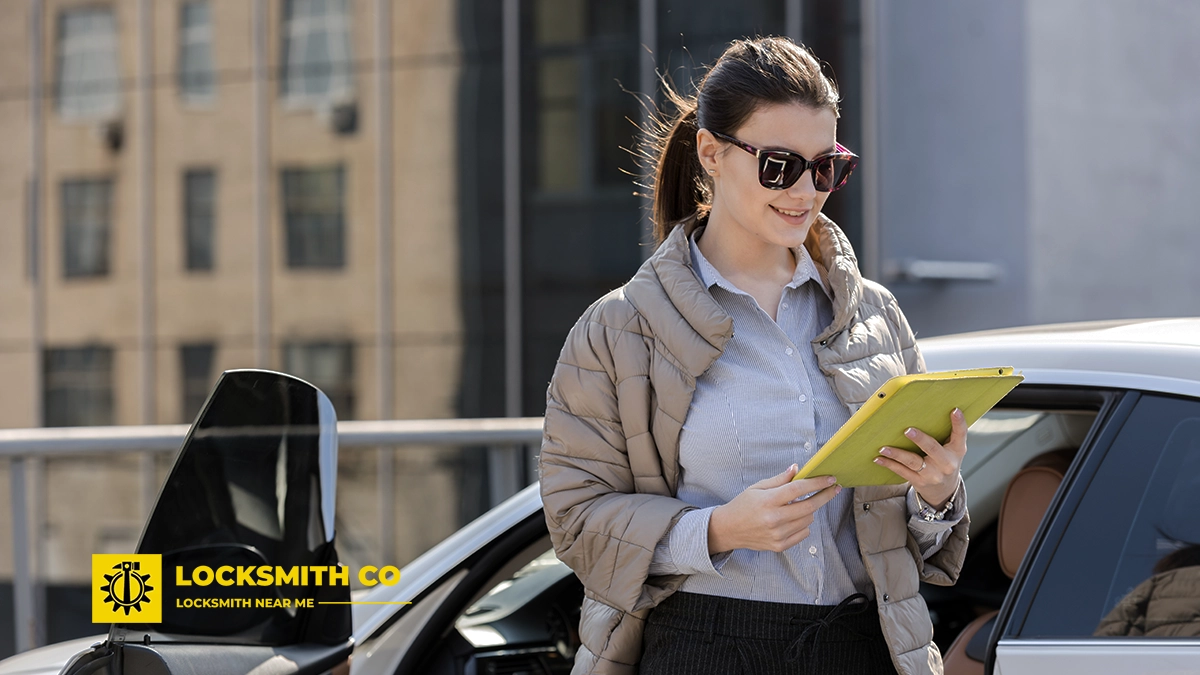Common Lock issues demystified: When to DIY and when to call a professional locksmith. From…
Mastering Automatic Sliding Doors: Troubleshooting Tips for Commercial and Residential Spaces
Mastering automatic sliding doors: Troubleshooting Tips for commercial and residential spaces. Automatic sliding doors are a modern convenience that have become essential in both commercial and residential spaces, providing easy access and enhancing the flow of movement.
However, like any mechanical system, they can encounter issues that disrupt their functionality and compromise safety.
Mastering Automatic Sliding Doors
Misalignment, sensor malfunctions, and failure to open or close are common problems that can arise, requiring timely attention to ensure seamless operation.
In this guide, we will delve into effective sliding door troubleshooting techniques, offering door maintenance tips and commercial entrance solutions to address these challenges.
With our expert advice, you’ll be equipped to keep your automatic sliding doors in top condition, ensuring reliability and accessibility for all users.
Common Issues with Automatic Sliding Doors
Door Alignment Issues
Door alignment issues are a frequent problem with automatic sliding doors. Misalignment can cause the door to rub against its frame, leading to friction and wear.
This not only hampers smooth operation but can also pose a safety hazard. To identify alignment issues, inspect the door tracks and rollers for any visible signs of wear or obstruction.
Ensure that the door moves smoothly along its track without any jerking or stopping.
If you notice any issues, adjusting the track or tightening loose components may resolve the problem.
Regular maintenance, such as cleaning the tracks and lubricating the rollers, can prevent alignment issues from occurring.
By addressing door alignment issues promptly, you ensure the longevity and safe operation of your automatic sliding doors.
Failure to Open or Close
Failure to open or close is another common issue with automatic sliding doors.
This problem often stems from obstructions in the door path, power supply issues, or malfunctioning sensors.
Start by checking for any physical obstructions, such as dirt, debris, or objects blocking the door’s movement.
Ensure that the power supply to the door is stable and that there are no electrical faults. Sensor malfunctions can also prevent the door from operating correctly.
Clean the sensors and verify that they are aligned properly. Sometimes, recalibrating the sensor settings can resolve the issue.
Regular inspections and maintenance can help you identify potential problems before they escalate.
By addressing these issues promptly, you can ensure that your automatic sliding doors remain functional and provide seamless access to your space.
Sensor Malfunctions
Sensor malfunctions are a prevalent issue impacting the functionality of automatic sliding doors.
These sensors are responsible for detecting motion and triggering the door to open or close.
When they fail, the door may not respond as expected. Common causes include dirt and debris accumulation, misalignment, or electrical faults.
Start by cleaning the sensor lenses with a soft cloth to remove any dirt. Check that the sensors are correctly aligned and facing the intended detection zone.
If the problem persists, it may be necessary to recalibrate the sensor settings or replace faulty components.
Regular maintenance, such as cleaning and checking the alignment of the sensors, can prevent malfunctions.
Addressing sensor malfunctions quickly ensures that your automatic sliding doors operate smoothly and maintain the safety and accessibility of your space.
Practical Solutions for Troubleshooting
Fixing Door Alignment Issues
Fixing door alignment issues in automatic sliding doors is crucial for ensuring smooth operation.
Begin by examining the track for any visible signs of obstruction or damage. Use a level to check if the track is even.
If misalignment is detected, adjust the track by loosening the screws and repositioning it until it is level.
Tighten the screws securely after making adjustments. Inspect the rollers for wear or damage; replacing them may be necessary if they’re worn out.
Also, check the door’s position and ensure it sits squarely within the frame.
Lubricate the track and rollers to facilitate smooth movement, but avoid over-lubricating, which can attract dust and debris.
Regularly maintaining the track and components can prevent future alignment issues, ensuring that your automatic sliding doors continue to offer reliable and safe access.
Addressing Sensor Malfunctions
Addressing sensor malfunctions in automatic sliding doors requires a systematic approach.
First, clean the sensor lenses with a soft, dry cloth to remove any dust or debris that may be obstructing their view.
Ensure that the sensors are properly aligned and pointing in the correct direction. If the sensors are misaligned, adjust them until they are correctly positioned.
Check the wiring connections to make sure they are secure and not damaged.
If the problem persists, recalibrating the sensor settings according to the manufacturer’s instructions may help.
In some cases, replacing faulty sensors might be necessary. Regularly inspecting and maintaining the sensors can prevent malfunctions and ensure the reliable operation of your automatic sliding doors.
By promptly addressing sensor issues, you maintain the safety and convenience that these doors provide, ensuring smooth and efficient access for all users.
Ensuring Smooth Operation
To ensure smooth operation of automatic sliding doors, regular maintenance is key.
Begin by inspecting the door tracks and clearing any debris that may obstruct the door’s movement.
Lubricate the tracks and rollers with a silicone-based lubricant to reduce friction and wear.
Avoid oil-based lubricants, as they can attract dust and dirt. Check the door’s alignment periodically and make necessary adjustments to prevent future issues.
Ensure that the sensors are clean and properly aligned to detect motion accurately.
Regularly test the door’s opening and closing functions to identify and address any unusual sounds or delays promptly.
Additionally, verify that the power supply is stable and free from faults.
Implementing a routine maintenance schedule can prevent potential problems, extending the lifespan of your doors and maintaining their reliability.
By attending to these details, you optimise the performance of your automatic sliding doors, ensuring they provide safe and efficient access at all times.
Preventive Maintenance Tips
Regular Inspection Routines
Implementing regular inspection routines for automatic sliding doors is essential for preventing potential issues and ensuring optimal performance.
Start by visually inspecting the door tracks, rollers, and sensors for any signs of wear, damage, or obstruction.
Clean the tracks and sensors with a soft cloth to remove dust and debris that could impede functionality.
Ensure the door’s alignment is correct by checking if it moves smoothly without any resistance.
Test the sensors to confirm they are detecting motion accurately and triggering the door to open and close properly.
Verify that all electrical connections are secure and free from faults.
Regular lubrication of the tracks and rollers with a silicone-based lubricant can prevent friction and wear.
Schedule these inspections monthly or quarterly, depending on the door’s usage frequency.
By adhering to a consistent inspection routine, you can detect and address minor issues before they escalate, ensuring the longevity and reliability of your automatic sliding doors.
Cleaning and Lubrication
Regular cleaning and lubrication are fundamental to maintaining the smooth operation of automatic sliding doors.
Start by cleaning the door tracks to remove any accumulated dirt, dust, or debris that could obstruct the door’s movement.
Use a soft brush or a vacuum cleaner to thoroughly clean the tracks.
For the sensors, use a soft, dry cloth to wipe away any dust or smudges that could affect their functionality.
Lubrication is equally important. Apply a silicone-based lubricant to the door tracks and rollers to reduce friction and wear.
Avoid using oil-based lubricants, as they can attract dust and grime, leading to further issues.
Ensure the lubricant is evenly distributed across the tracks and rollers for optimal performance.
By incorporating regular cleaning and lubrication into your maintenance routine, you can prevent common operational issues and extend the lifespan of your automatic sliding doors, ensuring they continue to provide reliable and efficient access.
Professional Maintenance Services
While regular DIY maintenance is crucial, professional maintenance services for automatic sliding doors offer an added layer of reliability.
Professional technicians have the expertise to conduct comprehensive inspections, identifying issues that might be overlooked during routine checks.
They can perform detailed diagnostics on electrical components, sensors, and mechanical parts to ensure everything is in optimal working order.
Engaging professional services periodically can also involve recalibrating sensors, aligning tracks, and replacing worn-out components, tasks that might be challenging without specialised tools and knowledge.
Many service providers offer maintenance contracts, ensuring that your doors receive regular, scheduled check-ups.
By investing in professional maintenance services, you not only enhance the longevity and performance of your automatic sliding doors but also ensure they meet safety standards.
This proactive approach minimises downtime and costly repairs, providing peace of mind that your doors will function reliably and efficiently for all users.




Comments (0)